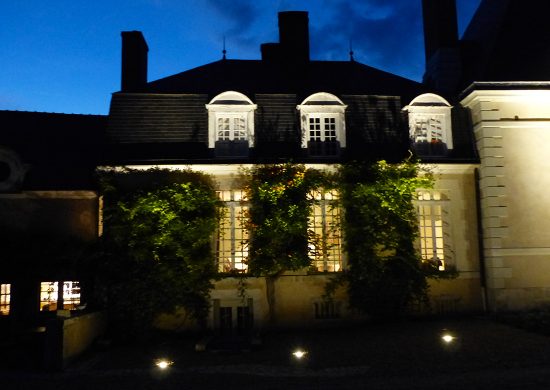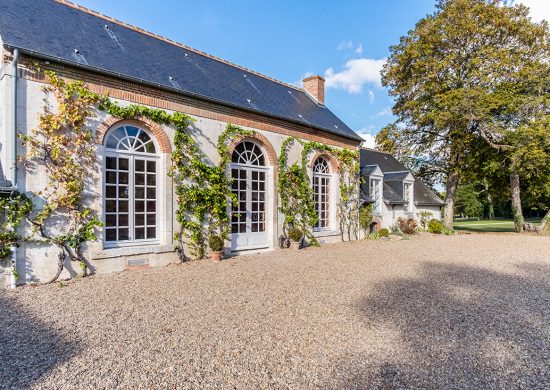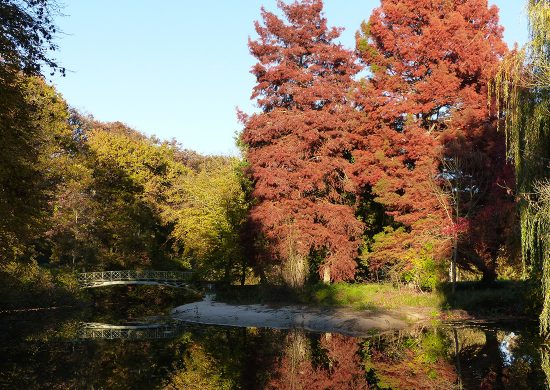A place filled with history
In the park, on the right bank of the Cosson, the standing stone of the Grotteaux is proof of a very ancient human presence.
The present chateau was built in 1620 by Guillaume Ribier on even older foundations which can be seen in the quite beautiful vaulted cellars.
King Louis XIII particularly appreciated this high-ranking magistrate and member of parliament from Blois.
On three occasions he offered him a role as minister, most notably on one occasion when he came to the Grotteaux with Cardinal Richelieu on his return from the siege of La Rochelle in 1628.
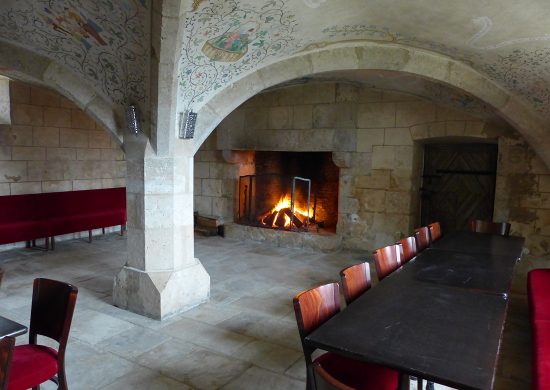
The vaulted cellars of the chateau
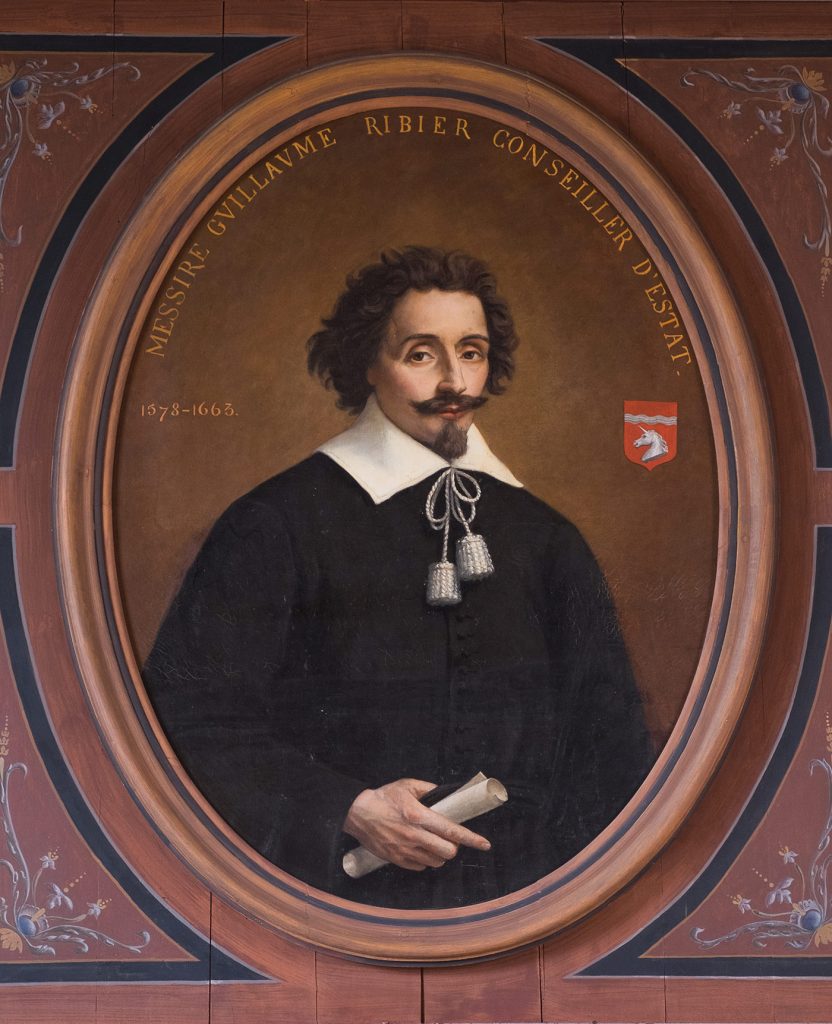
Portrait of Guillaume Ribier by Philippe de Champaigne, hanging over the fireplace in the Chateau des Grotteaux
The Grotteaux - the backdrop for Guillaume Ribier’s fabulous library.
But Guillaume Ribier always refused these offers, preferring to concentrate on his local duties and the quiet life at the Grotteaux, where he could pursue his two great passions: writing (notably his ‘Memoirs of State’) and his collection of books.
« His library - today the main drawing room of the chateau - with its collection of 3500 books was one of the largest in Europe. »
Colette Beaune
Guillaume Ribier was the instigator of the reconciliation between King Louis XIII and his mother Marie de Médicis.
He met her very regularly during her exile in Blois.
The Emperor’s trees
In 1760 the Lenfernat family, then owners of the Grotteaux, extended the accommodation by adding a pavilion onto the existing building.
For a short period after the French Revolution, Charles-Joseph Bagieu, then Paymaster General of the French Army, a friend of Napoleon Bonaparte, and a passionate botanist, built the orangery.
The Emperor arranged for seeds and plants, brought back by a botanical expedition to Louisiana, to be sent to him and asked him to acclimatise them in the park of the Chateau des Grotteaux. This is why we can still admire along the riverbanks the most beautiful of all Autumnal trees – the bald cypress.
The chateau has been listed in the inventory of historical monuments since 1954 and its park since 1997.


